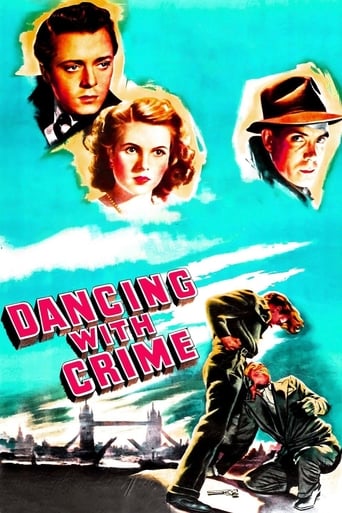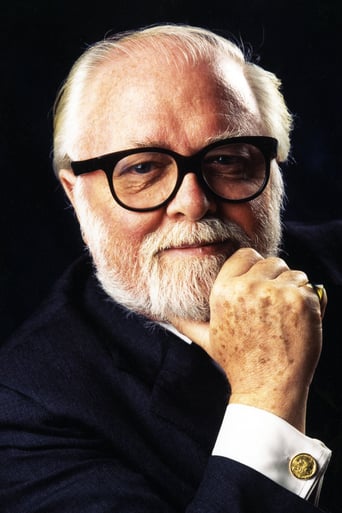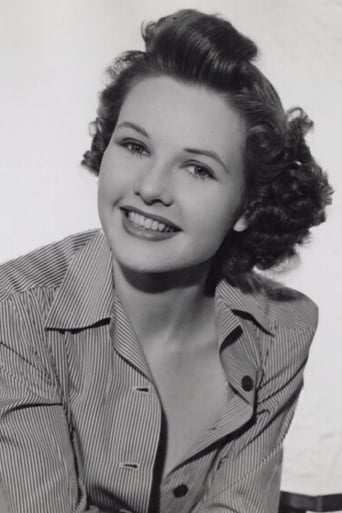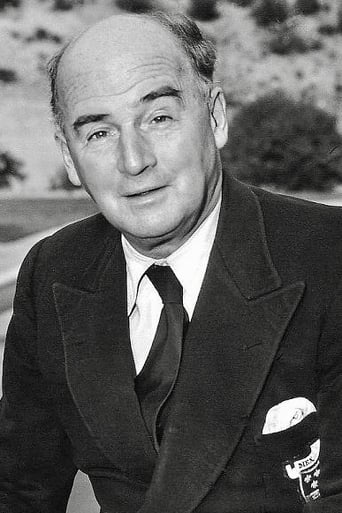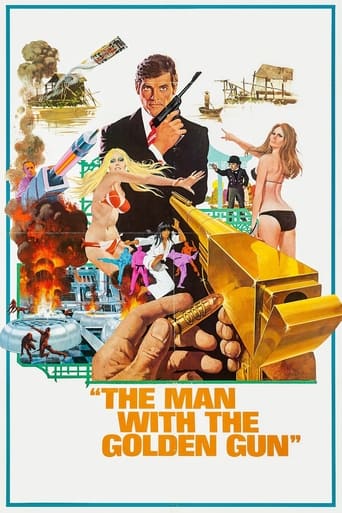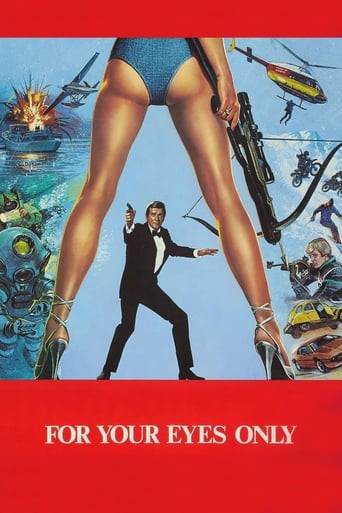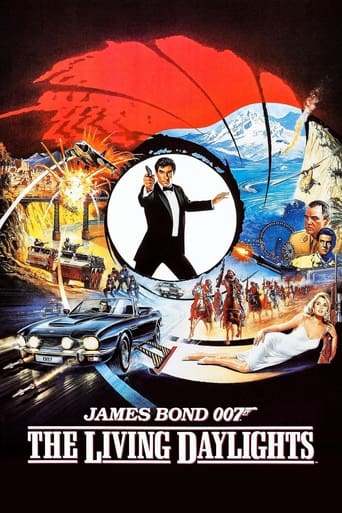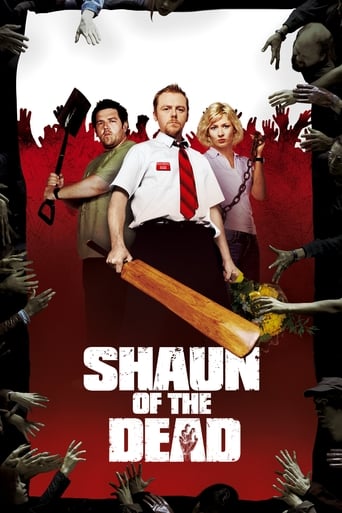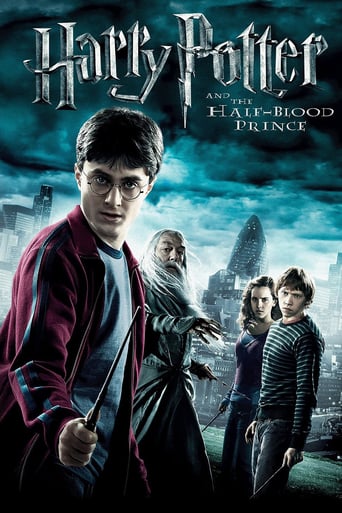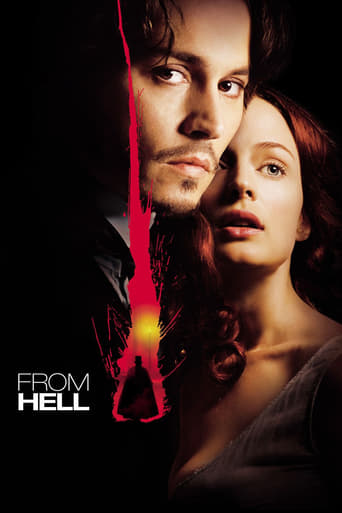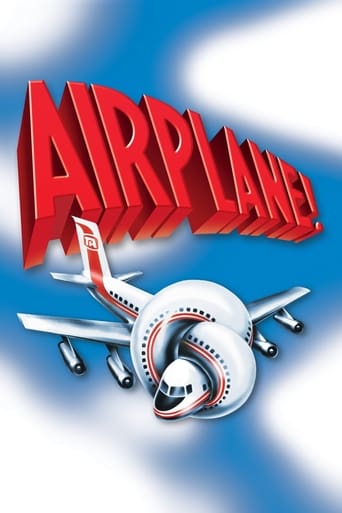Dancing with Crime (1947)
When his best friend is murdered inside a London dancehall, a cab driver and his girlfriend involve themselves in the investigation and discover a major criminal operation hiding behind the club's friendly facade.
Watch Trailer
Free Trial Channels
Cast


Similar titles
Reviews
Self-important, over-dramatic, uninspired.
What a freaking movie. So many twists and turns. Absolutely intense from start to finish.
A film with more than the usual spoiler issues. Talking about it in any detail feels akin to handing you a gift-wrapped present and saying, "I hope you like it -- It's a thriller about a diabolical secret experiment."
This is a gorgeous movie made by a gorgeous spirit.
Even though Bill Owens was shot in the first reel, he loved his role. It was an interesting part, a sharp young spiv, a real Cagney character he thought and the critics took a lot of notice. It didn't hurt either that his character was completely pivotal to the plot - I don't think 10 minutes went by without his name being mentioned. Of course Richard Attenborough was the star, he played poor but honest cabby Ted Peters who drops off old friend Dave (Owens) at the palatial Palais De Dance club for his date with death!! They had been childhood mates but as Ted told the police Dave wanted the good life and fast!!Definitely a British noir, most of the film is shot on the dimly lit, often rain drenched streets in the wee small hours. A particularly gripping scene is a dying Dave's frantic effort to draw whistling Ted's attention to his predicament - when Ted (who doesn't realise Dave is in the cab) opens the door, Dave slithers out. At the cab headquarters Ted is visited by "Mr. Big" posing as a detective. Ted, as gormless as ever, tells all he knows as well as his opinion that the glittering Palais is at the bottom of it all. And that is where all the brightness and light come from - the gaudy monolithic dance hall that seems packed to capacity every night. It is there that gang boss, Gregory (Barry Jones) and his henchman, Paul Baker, the popular dance band M.C. rule their empire, rubbing out whoever gets jittery and gives the impression that they want to talk. Toni, the sullen girlfriend of Paul, who also has a drinking problem, is one they let get away.Suddenly Joyce, (Sheila Sim, Richard Attenborough's real life wife) Ted's girl, finds a job at the Palais - she has just finished up in a play and meets an old girlfriend Annette who finds her a job there. Diana Dors, who at the time was going through Rank's Charm School, was gorgeous and very eye catching in her small role as a sassy talking dance hall hostess. Even when she is in the background all eyes are on her - she should have had a bigger part. Dirk Bogarde has the teeniest, tiniest part at the end as a radio policeman (with almost his back to the camera). I agree, definitely the most interesting actress is Australian Judy Kelly as Toni, the alcoholic. Intriguingly, even though she had been in films from the early 1930s, this may well have been her best role, but she soon disappeared from films - all a bit of a mystery!!Very Recommended.
This is a very enjoyable B-film noir which explores some of the darker aspects of life in postwar Britain. John Paddy Carstairs' direction is considerably better when it comes to the character scenes than in the limp and unconvincing fight scenes. It was produced by future Hammer stalwart Anthony Nelson Keys. The production company was Coronet Films Ltd. but I presume that it was not connected to the American company of the same name which made cult classic, incredibly judgemental social guidance short films for schools from the 1940s to the 1970s.The film stars Richard Attenborough in a great performance as Ted Peters, an at turns brave and foolhardy demobbed British Army soldier turned taxi driver who finds himself mixed up in the black market when his childhood friend and army buddy is murdered. In their first of three films together, his wife Sheila Sim is not as good as Ted's chorus girl fiancée Joy Goodall but she does the best that she can with the character, who doesn't have much personality beyond being sweet and innocent.The most interesting female character in the film is certainly the alcoholic dancer Toni, played very well by Judy Kelly. Credited under his real name Bill Rowbotham, Bill Owen is great as Ted's murdered friend Dave Robinson who was making a less than honest living on Civvy Street, as are Barry K. Barnes and Barry Jones as the black marketeers Paul Baker and E.J. Gregory. The film is also notable for featuring only the second film appearances of both Dirk Bogarde (whom Attenborough later cast "Oh! What a Lovely War" and "A Bridge Too Far") and Diana Dors, neither of whom are credited. While he has a blink-and-you'll-miss-it appearance as a policeman towards the end of the film and his face is not even very clearly seen, she has a small supporting role as the dancer Annette and quite a bit of dialogue. She certainly looked far older than 15 at the time.
whilst it has to be said that this film uses many situations that even in 1947 were clichés,nevertheless this is a well made and entertaining film.You always know what the characters are up to.So when Attenborough meets up with army buddy Bill Owen,you get the feeling immediately that Owen is up to no good.Owen is shot and then crawls into Attenboroughs cab where he bleeds to death.So unfortunately the next fare gets a rather nasty shock.Everyone seems to be playing to their type,Garry Marsh as a jovial policeman and Danny Green who enjoys taking people for a ride.The only problems are that Attenborough doesn't look too convincing in the fight scenes,and you have to wonder why the gang would try to hunt him down since it only makes him a lot more suspicious.
Brisk, efficient British post-War crime melodrama set in London - part of the 'Spiv' movie cycle(films with roots in 30s American Gangster movies, featuring characters profiting from wartime rationing in a similar fashion to 30s bootleggers, but not so clearly glamorised as their Stateside equivalents - see also the superior NOOSE). Richard Attenborough stars as former soldier, Ted Peters, now making a living as a London cab-driver who becomes involved with a criminal gang headed by dance hall owner and criminal mastermind Mr Gregory (the seriously undervalued Barry Jones), whose henchman and M.C. Paul Baker (Barry K. Barnes) has offed Ted's childhood friend and former army buddy Dave Robinson (Bill Rowbotham, better known to U.K. audiences as Bill Owen, star of long-running U.K. T.V comedy series LAST OF THE SUMMER WINE). At Ted's behest, his girlfriend Joy (Sheila Sim) gets a job as a dancehall hostess in Gregory's dance hall as part of Ted's attempts to expose the criminal gang and the true nature of the crime lord's enterprise is gradually exposed. Punchily directed by John Paddy Carstairs, and redolent with post-War atmosphere, this is another example of the type of popular genre fare which entertained U.K. audiences in the 40s at the same time as the now revered 'noir' movies similarly engaged their U.S. contemporaries. Deserving wider acclaim, the movies from this post-War U.K. genre are valid, and diverting, social documents which often gave early exposure to burgeoning talents (in this instance, an uncredited brunette Diana Dors and a 'blink and you'll miss him' Dirk Bogarde) and should, by rights, be as revered in their country of origin as the more celebrated and documented U.S. post-War crime movies. Worth checking out, if you get the chance.

